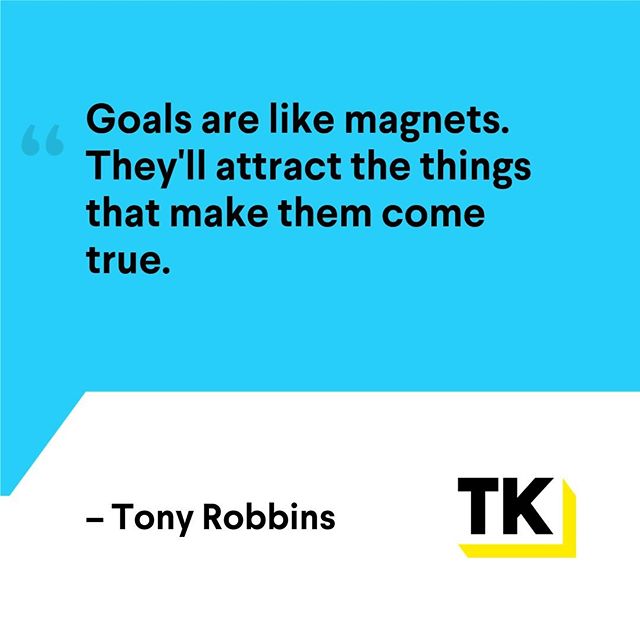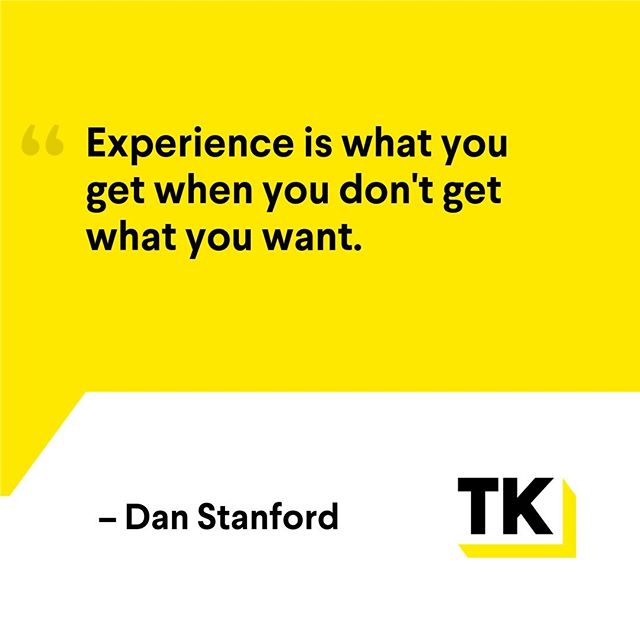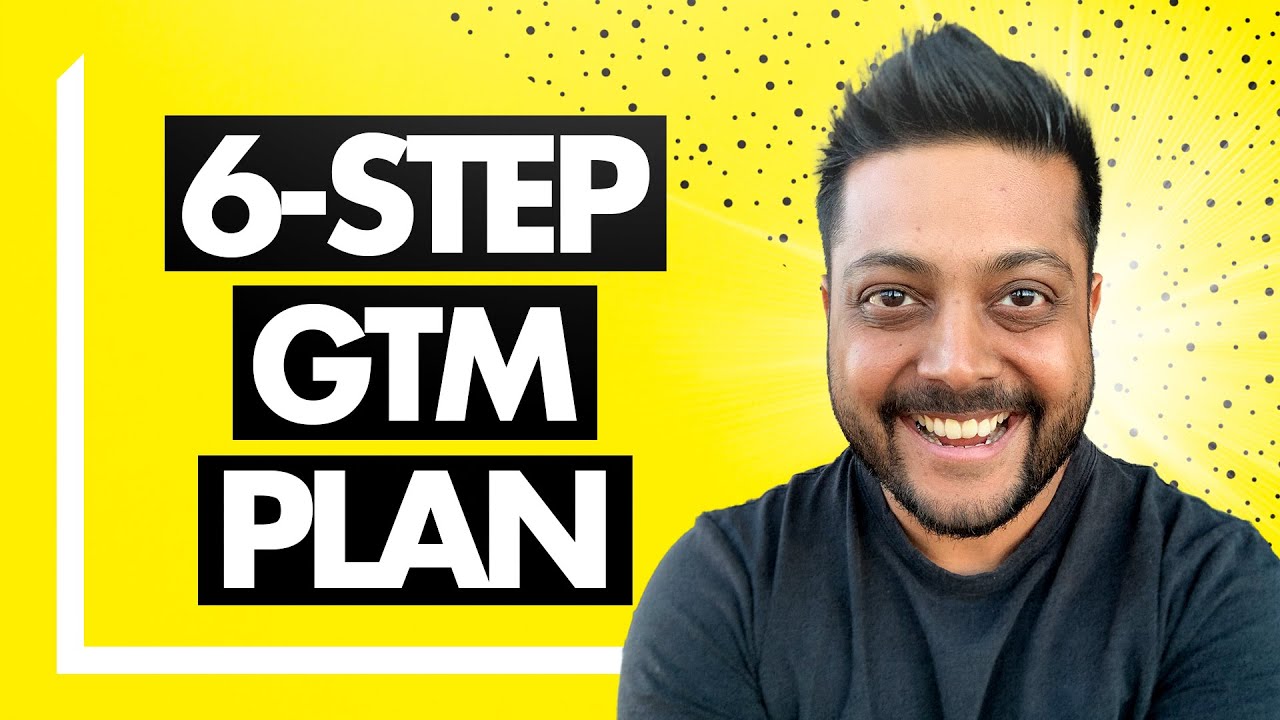Burnout happens to 100% of Entrepreneurs. It’ll happen to you and it has happened for me. How you deal with burnout is what sets apart the great Entrepreneurs from the ones that fail.
What is burnout? Burnout is when relentless work stress pushes you into a debilitating state. We’ve all been guilty of pushing ourselves too hard, glorifying long hours and hustle. But let’s shift our focus to winning, succeeding, and accomplishing our goals while avoiding burnout and operating efficiently.
I serve as the CEO of Unstoppable. I currently operate a media company, a coaching company serving 300+ SaaS Founders, and run two scaling SaaS GTM companies.
I often get asked how I manage my time, my day, and how I can possibly work to fire all cylinders without burning out. Through my Founder journey, I’ve made plenty of mistakes that led to burnout, poor leadership, poor performance, and poor health.
The biggest thing I’ve learned is that the quality of my personal life and how well it runs, directly affects the performance of my team and companies. So”¦ over the years, I’ve settled on an “operating system” that helps me run at high performance while carefully preventing burnout.
In this article, I outline the 4 key principles that help me operate efficiently as a Founder, a CEO, and a Leader for my companies. It’s my hope that this will help you run at high performance with an Unstoppable strategy for your personal and professional life.
1. Define Your Purpose
Building a company, being a Founder, leading your people, leading your people, leading your movement, this is all for the 1% of the population. Very few achieve doing this. If you’re going to achieve something so rare, you have to live and operate in a way that few people operate.
The first part of operating at this level? Knowing why you’re pushing yourself and why you want to achieve your audacious goals. I’ve found that knowing your purpose will help you get through the lowest of lows of our entrepreneurial journey and achieve the highest of highs. Let me explain”¦
As a startup CEO, there are many misconceptions about how we live our lives. The truth is, building a company is chaotic and challenging. The standard advice of waking up at 5:00 AM and following a strict routine just doesn’t apply to us. But that doesn’t mean we can’t find ways to be more efficient and effective in our roles.
After 15 years of being a founder and CEO, I’ve developed some principles that have helped me navigate the chaos and get more done. I want to share these principles with you, so you can be a better CEO and leader for your team.
Know your “Why”
Knowing your purpose and what drives you is crucial for success. Building a company is hard work, and there will be times when you question why you’re doing it. By understanding your why, you can stay motivated and navigate through the tough times. For me, my purpose has always been to have an impact and make the world better. But I also realized that just wanting to change the world wasn’t enough. I needed to find a balance between giving people what they want and what they need. This balance allowed me to create wealth, which in turn, enabled me to give back and have a greater impact.
Define your “How”
Once you know your why, it’s important to figure out how you’re going to serve your audience. What do they want? What do they need? By understanding both aspects, you can create a business that fulfills these desires. In my case, I found that people wanted help with building a pipeline for their businesses. This became the focus of my work. I also knew that education and support were things people needed, so I incorporated that into my offerings.
Execute on “What”
The final principle is about taking action. What are the specific tactics and habits you need to implement to fulfill your why and serve your how. This is where the true execution happens. It’s important to have belief in your vision, discipline to follow through with your actions, and a clear set of goals to guide you. Without these habits and routines in place, it’s easy to get overwhelmed and lose focus.
By following these three principles, you can become a more effective CEO and leader. Understand your why, define your how, and execute on what you need to do. It’s not about following a strict routine or waking up at a certain time. It’s about finding a balance, staying motivated, and taking purposeful action.
Remember, building a startup is challenging, but by adopting the right principles and mindset, you can become an unstoppable CEO and create a successful company.
2. Optimize Your Time Management
If you’re reading this article, chances are you have an overflowing To-Do list of things that you need to do and you’re struggling to “get it all done.” Here’s the thing”¦ in a given week, you’ll never ever feel like you got “enough” done. But if you do focused work and optimize your time management, you’ll get plenty done.
So the first thing you need to acknowledge is that you won’t get everything done. But for any given day and week, you’re going to use the time you have to get the most important and urgent things accomplished. How? Two things: Leverage and Structure.
Leverage
The first thing you’ll want to do is identify the things on your To-Do list that you just shouldn’t be doing. There are a set of things that no one else in the company can do. That’s your actual To-Do list. The rest? They need to be delegated (i.e. leveraged). The simplest way to start is to hire a Virtual Assistant or an Executive Assistant that will help take care of all your administrative items. This can range from a $5/hour VA off of Upwork.com or a full-time EA (depending on the stage of your business.)
Hiring a virtual assistant (VA) or an executive assistant (EA) can be a game changer. Start by identifying repetitive tasks and responsibilities that you can delegate, allowing you to focus on the things only you can do. Remember, delegating is not about being too good for certain tasks, but about empowering yourself and your team to be more efficient and effective.
Structuring Your Calendar Between Managing and Making
Being a CEO of an early-stage company often requires a shift between managing and creating. It’s essential to set aside specific time blocks for uninterrupted work, without meetings or managerial responsibilities. This dedicated time allows you to focus on tasks that require your unique skills and expertise. By proactively structuring your calendar, you optimize your productivity and strike a balance between being a manager and a maker.
The greatest enemy you and your team have is context switching. If you’re writing emails one hour, coding the next, and doing GTM another hour all in the same day, you won’t get much done. But if you can create time blocks to do focused work with no context switching, then you’ll get lots done while avoiding burnout.
The best way I’ve done this is to set up time blocks and themes for my days. I’ve done this for years and continue to do it today. I’ve found that my team has adopted this too and it helps us do MASSIVE amounts of work without burning out.
Here’s how I have my weeks set up:
- Monday Mornings: I have the first 4 hours of a Monday to work on the business and look at my metrics. I call this my “Metrics that Matter” exercise. The only thing I work on during this time is to look at the business, the metrics, the progress, and update the same spreadsheet every week. This is a recurring time block I have for myself every Monday morning and no one can book over it (not even customers).
- Monday Afternoons: I have the full afternoon for all of my 1on1s. By the end of Monday I’ll have met with my team and have a full view of metrics of the business. We’ll then set priorities for what we’re going to work on for the rest of the week.
- Tuesdays: This entire day I have set for NO MEETINGS. It’s my Maker schedule. It’s typically the same for everyone on the team (unless they’re in a purely client facing role). On Tuesdays I do my filming, writing, emails”¦ I do my actual work. No interruptions, no context switching. I know the rest of the team is doing the same, because on Monday we already worked together to set these priorities.
- Wednesdays and Thursdays: are client days. All my Calendly links are set up to only book meetings on these days. Our client calls are on these days. Any sales calls that I take are on these days. These are purely meeting days where I operate our GTM machine along with our team.
- Thursday Afternoon & Fridays: These are what I call project days. I set up work blocks on these days (recurring and marked as busy so Calendly can’t book over it and team members can’t as well). We work together or separately on our strategic projects. Revamping your GTM? Set up a recurring 3-hour GTM Project block and work on it every week.
Two things happen when you set up work blocks like this. First, you eliminate context switching. Secondly, you have time set aside (just like an external meeting) to do the work you’re supposed to do. Best of all, you have time allocated for external meetings. It’s simple, it works, and it’s life changing.
Your body and brain gets used to this cadence and starts to get better and better at executing. Here’s an example of my calendar with my time blocks and themes all programmed (yes, I practice what I preach):
3. Make Time to Pause & Reflect
As a start-up Founder or entrepreneur, there is one secret weapon that we often overlook- stamina. In order to sustain prolonged physical and mental efforts, we need to learn how to master stamina. Burnout and Founder fatigue are leading causes of failure in the start-up world. In my 15-year journey in the SaaS industry, I have learned the importance of stamina and developed strategies to effectively manage my personal life alongside my business.
Weekly Reflection and Planning – Unstoppable Sunday
Every Sunday, take 30 minutes to reflect on the previous week and plan for the upcoming one. Ask yourself, “Where am I?” and “What do I need to do next?” This simple practice allows you to gain clarity, identify wins, and course-correct if needed. By starting your week with a game plan, you can be proactive and prioritize what truly matters, leading to increased stamina and focus.
Monthly Reflection and Visualization
At the beginning of each month, carve out time for personal reflection. Review the wins and challenges from the previous month and visualize your goals for the upcoming month. This exercise helps you stay connected to your purpose, align your actions with your goals, and tap into the power of your subconscious mind. By gaining control over your thoughts and intentions, you can amplify your stamina and productivity.
Stamina is crucial but often overlooked in the success of start-ups. By following these principles, you can enhance your stamina and achieve peak performance in your start-up journey. Remember, taking care of your personal well-being and having a strategy for your life is just as important as having a strategy for your business. Embrace these principles, build sustainable habits, and watch your start-up thrive.
Note: Doing a Sunday pause and reflect, and a Monthly pause and reflect has been SO powerful for me. We’ve built a SaaS application specifically for this purpose. It’s a journal with guided instruction so you can do your own pausing and reflecting consistently in just 15-minutes. You can use it here: https://unstoppablesunday.com.
4. Build an Unstoppable Strategy for Your Life
The principles above are brass tack actions you can take to control your life and run at high performance as a Founder and CEO. it’ll help you run your business and lead your team with an operational cadence.
Once you’ve implemented the above items, I promise that you’ll get to a point where you’re living your days with more control, intention, energy, and power. At that point, you’ll be ready to go bigger. Much like how you build an Unstoppable Strategy for your business, I’m a big believer in building an Unstoppable Strategy for your Life. In fact, I’m such a huge believer in this, I’ve written and published an entire book (along with an Audio version of this) that you can get off of Amazon: https://tkkader.com/book (we sell these at $0 or as close to free as possible net of Amazon fees for printing a book).
As you’re looking to build an end-to-end strategy for your life, here are key items to consider:
- Dream: Always take the time to dream and envision the future. Your dreams provide the fuel and motivation for your business. Remember why you started and what you are working towards.
- Be proactive: Don’t just react to what is happening around you. Be proactive in setting goals and taking action to achieve them. This ensures that you are in control of your own success.
- Establish a five-year vision: Set a clear vision for your business and personal life, five years into the future. This helps you stay focused and aligned with your long-term goals.
- Set 365-day goals: Break down your five-year vision into actionable goals for the next 365 days. These goals keep you on track and help you make progress towards your vision.
- Think holistically: Don’t focus solely on your business. Consider all aspects of your life, including wealth, health, relationships, giving, and self-improvement. This balanced approach leads to overall success and satisfaction.
- Pause and reflect: Regularly take time to pause and reflect on your progress, what worked and what didn’t. This practice helps you course-correct and stay aligned with your goals.
- Establish an upper limit: Identify and overcome your fears of success. Don’t let self-doubt or limiting beliefs hold you back from achieving your goals.
- Build a brain trust: Surround yourself with like-minded individuals who share your goals and visions. This support network will provide valuable insights, advice, and accountability.
- Embrace beast mode: When you need to catch up or make significant progress on a goal, dedicate a period of intense focus and effort. “Best mode” allows you to push yourself beyond your limits and accomplish more than you thought possible.
- Embrace unfair advantages: Identify and leverage your unique strengths and resources to gain a competitive edge. Unfair advantages set you apart and propel you towards success.
- Maintain a high-performance mindset: Cultivate a mindset of resilience, perseverance, and continuous growth. Stay committed to your vision and keep pushing forward, even in the face of challenges.
These 11 principles have been critical in my own journey and have helped countless CEOs and Founders achieve their goals. If you’re interested in implementing these principles and learning more about how to run a successful business and personal life, I invite you to grab a copy of “How to Punch the Sunday Jitters in the Face”. It’s available on Amazon, and we’re even offering it for free on Kindle. You can grab your copy here: https://tkkader.com/book.
Remember, success is not just about business. It’s about creating a balanced and fulfilling life. By following these principles, you can become an unstoppable CEO or founder.
Running a successful startup requires more than just hard work and dedication. It requires a strategic approach to managing your time, your team, and your own personal well-being. By following the principles outlined in this article, including understanding your why, structuring your day with themes, managing for burnout, and building an unstoppable strategy for your life, you can become an unstoppable CEO and create a thriving company. Remember to prioritize both your business and your personal life, and to always take a proactive approach to achieving your goals.













